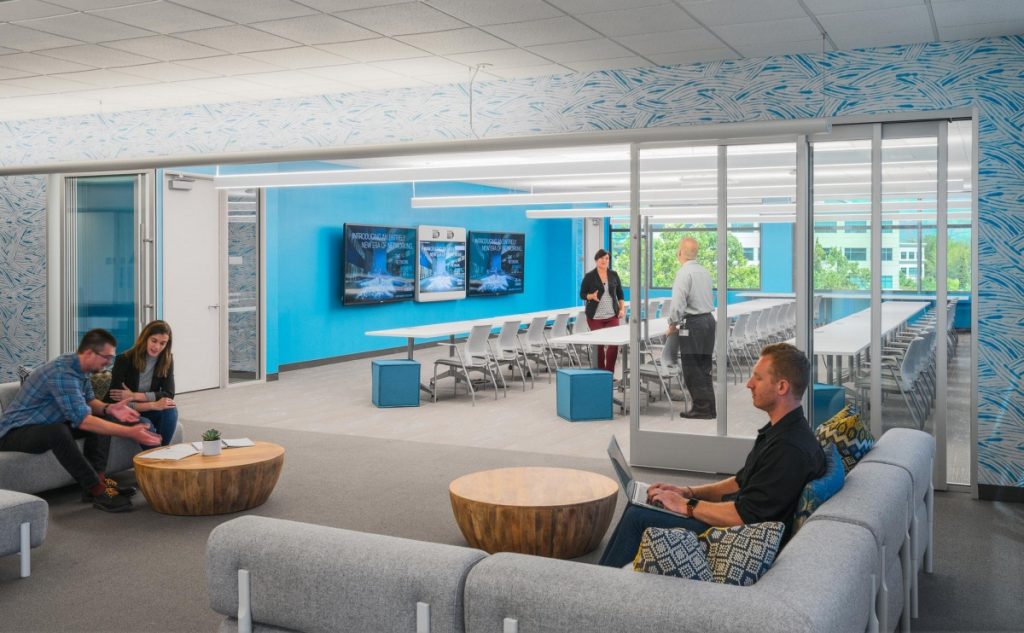In recent years, the concept of building sustainably has gained significant traction among both homeowners and real estate developers. With the increasing awareness of environmental issues, many are turning to sustainable building planning tips to create eco-friendly spaces. This article aims to provide you with in-depth insights into creating sustainable buildings, whether youre working on a residential project or a commercial development.

Understanding the Basics of Sustainable Building
Before diving into specific tips, its crucial to first understand what sustainable building entails. It involves designing, constructing, and operating buildings to minimize their environmental impact. This means using resources efficiently, reducing waste, and ensuring the longevity of the construction.
When considering sustainable building planning, its essential to take into account the entire lifecycle of the building. From the choice of materials to energy consumption, every decision impacts the building’s sustainability.
Importance of Location in Sustainable Building
Location plays a critical role in the sustainability of a building. A well-chosen location can minimize the need for travel, reduce energy use, and make the most of natural lighting and ventilation. For more details on choosing the right location, check out here.
Selecting Eco-Friendly Materials
The materials used in construction significantly impact the environment. Opt for materials that are recycled or sustainably sourced. Products with low environmental impact during their production and longer lifespan are more desirable. For example, bamboo is a popular choice due to its fast growth and minimal need for pesticides.
Energy Efficiency: Saving Costs and the Environment
One of the most critical aspects of sustainable building is achieving energy efficiency. By incorporating renewable energy sources like solar panels and designing buildings to maximize natural light, you can significantly reduce energy consumption and cut costs in the long term.
Water Conservation Techniques
Conserving water is another vital element of sustainable building. Implementing systems to collect and reuse rainwater, installing water-efficient fixtures, and choosing drought-resistant landscaping can greatly reduce a buildings water footprint.
Smart Technologies in Sustainable Buildings
Advanced technology can play a significant role in enhancing sustainability. Smart systems that control lighting, heating, and cooling can optimize energy use, while automated monitoring systems help track and reduce resource consumption.
For insights into integrating smart technologies in your project, consider this source.
Incorporating Green Spaces
Green spaces within and around buildings not only improve air quality but also enhance the wellbeing of occupants. Roof gardens, living walls, and green rooftops are excellent ways to incorporate greenery into your design.
Community Involvement and Its Impact
Involving the community in sustainable building projects can lead to innovative solutions and increased project support. Community gardens or energy co-ops are examples of how involving local residents can enhance sustainability.
Reaping the Financial Benefits of Sustainable Buildings
Investing in sustainability is not just good for the planet; it makes financial sense. Sustainable buildings often yield savings in energy and water costs, and typically have higher property values and occupancy rates.
The Future of Sustainable Building
Looking ahead, the future of construction is undoubtedly sustainable. As technology and materials evolve, even more innovative approaches will become available, driving further reductions in environmental impact. Stay updated with evolving techniques to gain a competitive edge.
Conclusion
The sustainable building planning tips outlined in this article can guide you in creating eco-friendly spaces that meet both your needs and those of the planet. Whether you’re a homeowner or a real estate developer, the road to sustainable building is accessible, achievable, and highly rewarding.

FAQ
What are some beginner tips for sustainable building?
Start with simple changes like using energy-efficient appliances, choosing recycled materials, and maximizing natural light in your design.
How can I reduce the carbon footprint of my building project?
Consider using local materials, incorporating renewable energy sources, and opting for efficient waste management systems.
Are there government incentives for sustainable building?
Many governments offer tax credits, rebates, or grants for utilizing green building techniques and renewable energy sources.
This article contains affiliate links. We may earn a commission at no extra cost to you.




